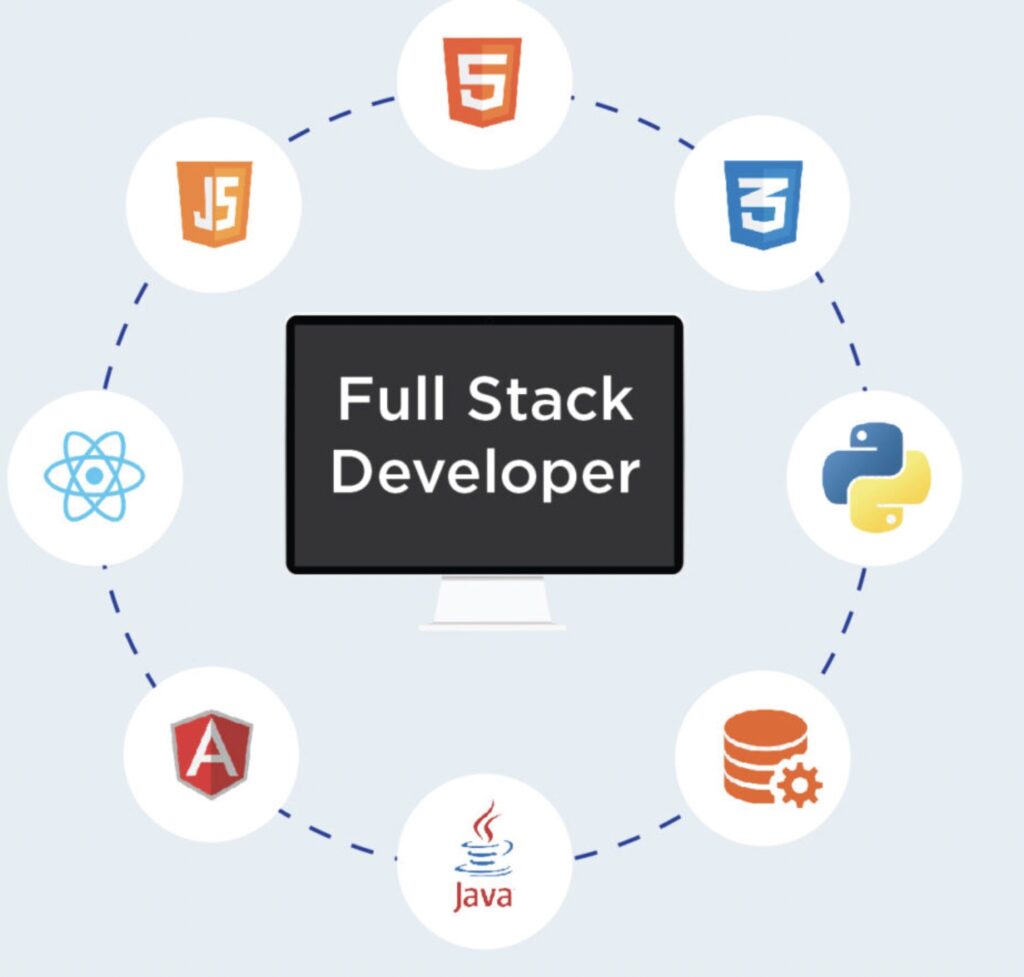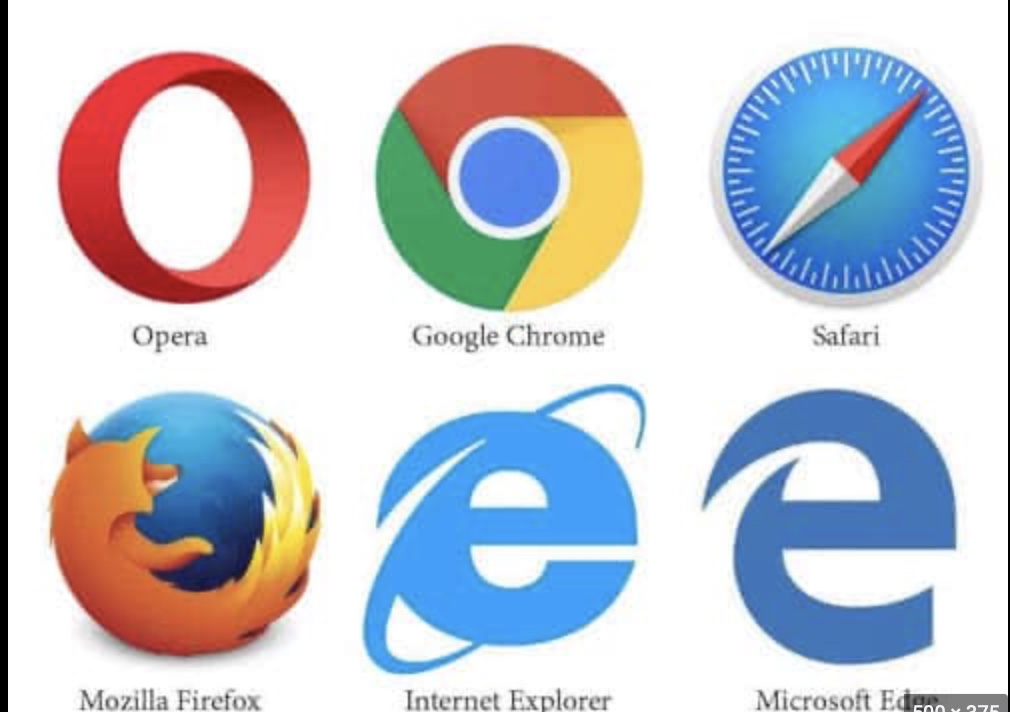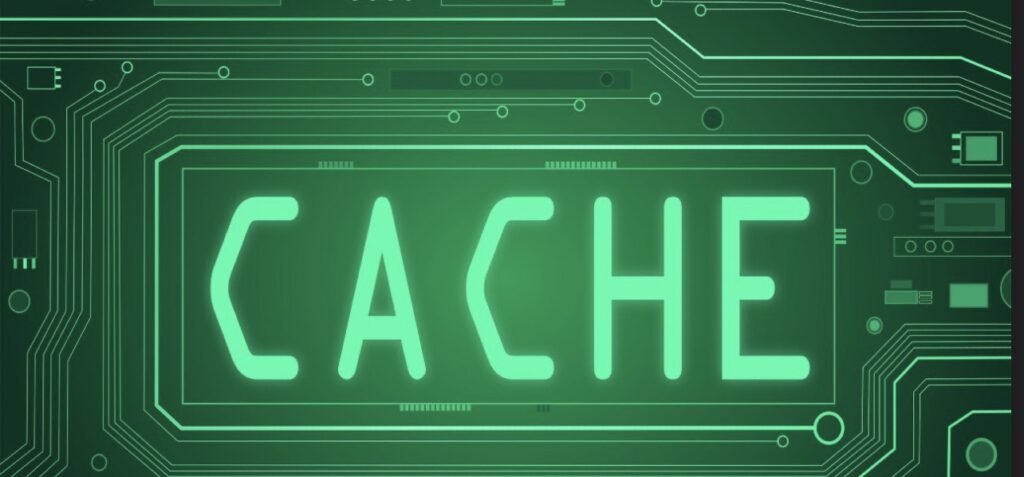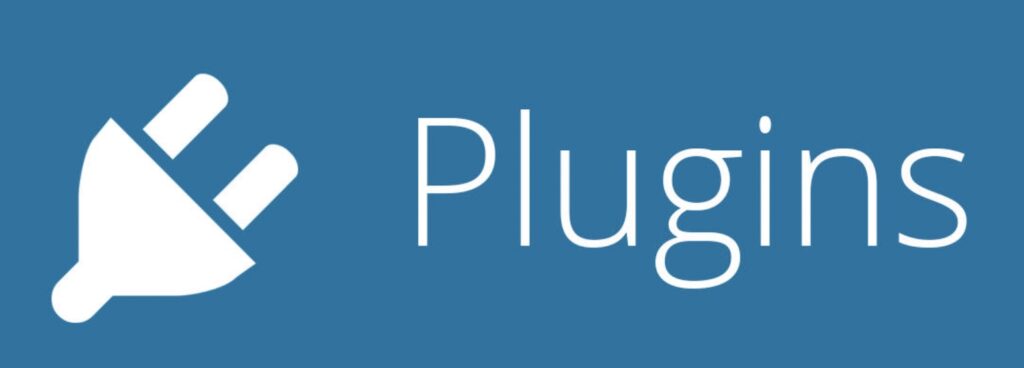DataBase Admin

*A professional responsible for the performance, security, and reliability of a database system.
*They are responsible for ensuring the availability, efficiency, and stability of the database, as well as implementing and enforcing security measures to protect data.
*DBA duties may include tasks such as installing and upgrading database software, creating and maintaining backup and recovery procedures, tuning database performance, managing storage, and monitoring the database to ensure its stability.
*They may also be involved in data modeling, capacity planning, and developing and implementing policies and procedures to ensure the confidentiality, integrity, and availability of data.
What is Full stack developer ?

*A person who can work on both the front and back of a web application.
*Being able to develop HTML, CSS, JavaScript and front and back of Python, Java, Ruby.
*The aim of Full Stack Developer is to be able to develop a complete web application from user interface to database without relying on other developers.
What is Frontend developer ?
What is Backhand developer ?




*It is used to create the front-end of a website that is under construction.
*It is used to create the front-end of the website using HTML, CSS and Javascript programming languages.
*It includes many tasks such as colors, placement of content, selection and application of fonts.
*It is used to create the backend of a website in the construction phase.
*It is used to create the backend of the website using Phyton, PHP, Ruby, Java, C#, ASP.NET, MySQL, MsSQL, MongoDB programming languages.
*It ensures that the system responsible for creating the architecture of the system, planning the database management, and server settings works at maximum efficiency and speed.
What is Kotlin ?
*Kotlin is a cross-platform, statically typed, general-purpose programming language that runs on the Java Virtual Machine (JVM) and can also be compiled to JavaScript or native code.
*Developed by JetBrains and officially released in 2016, Kotlin was designed to be more concise, expressive, and secure than Java, making it a popular choice for developing Android apps.
*Additionally, Kotlin is fully interoperable with Java, meaning existing Java code can be easily integrated with Kodlin code and vice versa.
What is Browser nedir

*A web browser is a software application that allows users to access, view, and interact with content on the World Wide Web.
*Some of the most popular browsers include Google Chrome, Mozilla Firefox, Microsoft Edge (formerly Internet Explorer), Apple Safari, and Opera.
*Browsers communicate with web servers to request and display web pages and applications based on HTML, CSS, and JavaScript.
*They also provide features such as bookmarking, history, tabs, and security, among others. In the client-server model of web communication, a browser acts as a client, while a web server acts as a server.
What is Cache ?

*Cache is a high-speed data storage layer used to temporarily store frequently accessed data so that it can be retrieved quickly.
*Cache helps reduce the time it takes to access data because it is stored locally, closer to the user, rather than having to retrieve it from a remote location each time it is needed. In computing, there are different types of caches, such as browser cache, CPU cache, and server cache.
*For example, browser cache stores copies of web pages, images, and other resources that the browser has previously loaded, so that they can be retrieved quickly the next time the user visits the same website.
*It helps speed up the loading times of websites and reduces the amount of data that needs to be transferred over the internet.
What is CPU ?

*The CPU is the primary component of a computer that performs most of the processing. It acts as the “brain” of the computer and is responsible for executing instructions from software programs.
*The CPU retrieves instructions from memory, performs calculations and logical operations, and stores the results in memory. It consists of one or more cores, which are separate processing units that can run multiple tasks at the same time.
*The clock speed, measured in GHz, determines how many clock cycles the CPU can perform in one second, and the number of cores and clock speed determine the overall processing power of a CPU. There are two main types of CPUs:
*Intel x86 and ARM. Intel x86 CPUs are commonly used in desktops and laptops, while ARM CPUs are found in mobile devices, embedded systems, and some low-power servers.
What is internal ?
What is external ?


*It refers to something that is located inside or is unique to a particular organism, device, or system.
*It usually refers to components or parts inside the physical case of a computer, such as a hard drive, memory, motherboard, power supply, and other components.
*For example, an internal hard drive is a hard disk drive that is physically located inside the computer, while an external hard drive is a separate device that is connected to the computer via a cable.
*An internal network refers to a network that is used only by a single organization, while an external network is a network that is connected to other networks, such as the internet.
*It refers to something that is not specifically owned or located externally to a particular organism, device, or system.
*It usually refers to components or parts that are not part of the main device but can still be connected to it.
*For example, an external hard drive is a separate storage device that can be connected to a computer with a cable, while an internal hard drive is a drive that is physically located inside the computer.
*A keyboard, mouse, or monitor is a device that can be connected to a computer to increase its functionality but is not physically built into the computer.
*An external network refers to a network that is connected to other networks, such as the internet, while an internal network is a network used only by a single organization.
WordPress

*WordPress is a free and open-source content management system based on PHP and MySQL. It was first released in 2003 and has since become one of the most popular website development platforms used by millions of websites worldwide.
*WordPress provides users with a simple and intuitive interface to create and manage websites without the need for extensive technical knowledge. WordPress can be customized with a wide range of themes and plugins that can be used to add new features and functionality to a website, either for free or for purchase.
*It also supports a variety of media types, including text, images, video, and audio, making it a versatile platform for creating blogs, portfolios, e-commerce sites, and more. WordPress is free to use, but some premium features and services, such as custom themes, plugins, and managed hosting, may cost a fee. It is self-hosted, meaning the user has full control over their website and hosting.
Plugin

*It is a software component that adds specific functionality to an existing program, usually to extend its capabilities.
*Plugins are often used in web browsers, media players, and other types of software to provide additional features and functionality.
*They are usually created by third-party developers and can be installed and used within the main program.